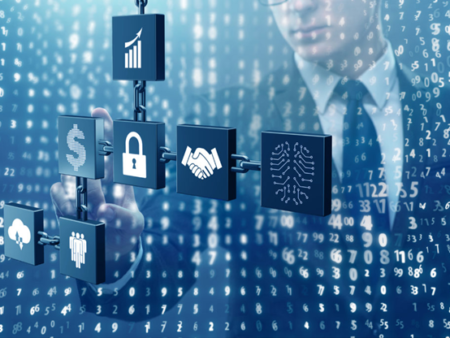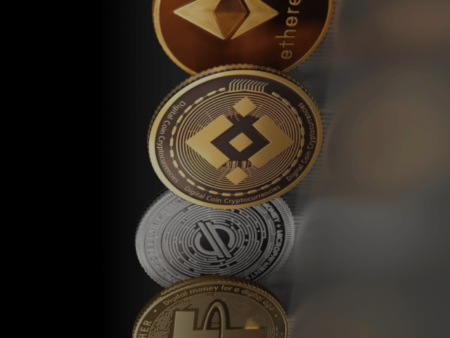In the world of digital finance, blockchain security stands out as a crucial topic. With cryptocurrencies becoming more popular, people often wonder, “How safe is my crypto really?” The decentralized nature of blockchain technology promises security, but is it truly as secure as it seems? Let’s explore how blockchain security works and what you can do to ensure your crypto assets are safe.
What Is Blockchain Security?
Blockchain security involves protecting data and transactions on a blockchain network. Blockchain is a decentralized system, which means no single entity controls it. Instead, it relies on a network of computers to validate and record transactions.
Each block in the blockchain contains a list of transactions. Once added, it’s very difficult to alter any information within that block. This is because every block is linked to the previous one through a process called hashing. Hashing generates a unique code for each block, creating a secure chain of blocks.

How Blockchain Security Works
Blockchain security operates on several principles:
- Decentralization: Traditional databases are often controlled by a central authority. Blockchain, however, spreads data across many computers. This decentralization makes it harder for any single entity to tamper with the data.
- Encryption: Blockchain uses cryptographic techniques to protect data. Transactions are encrypted, making it nearly impossible for unauthorized parties to read or alter them.
- Consensus Mechanisms: To add a block to the blockchain, participants must agree on its validity. This agreement is achieved through consensus mechanisms like Proof of Work (PoW) or Proof of Stake (PoS).
- Immutability: Once a transaction is confirmed and added to the blockchain, it cannot be changed. This immutability is enforced through cryptographic hashes.
Key Risks in Blockchain Security
Despite its strong security features, blockchain technology is not entirely immune to risks. Here are some key risks to be aware of:
1. 51% Attacks
A 51% attack occurs when a single entity gains control of more than half of the network’s computing power. This control allows the attacker to manipulate transactions and double-spend coins. While such attacks are rare, they pose a significant threat to blockchain security.
2. Smart contract vulnerabilities
Smart contracts are self-executing contracts with the terms directly written into code. While they automate processes and transactions, they can also contain vulnerabilities. Exploiting these vulnerabilities can lead to financial losses.
3. Phishing Attacks
Phishing attacks involve tricking individuals into revealing their private keys or login credentials. These attacks are not specific to blockchain but can target any digital system. Protecting yourself from phishing involves being cautious with links and emails.
4. Software Bugs
Bugs in blockchain software can also compromise security. Regular updates and audits are necessary to fix vulnerabilities and improve the system’s overall security.
How to Protect Your Crypto Assets
Securing your crypto assets requires a proactive approach. Here are some tips to help you enhance blockchain security for your investments:
1. Use hardware wallets.
Hardware wallets are physical devices that store your private keys offline. They provide an added layer of security compared to online wallets. By keeping your keys offline, you reduce the risk of hacking.
2. Enable Two-Factor Authentication (2FA)
Two-factor authentication adds an extra layer of security to your accounts. With 2FA, even if someone gets hold of your password, they would still need a second factor, like a code sent to your phone, to access your account.
3. Keep software updated.
Ensure that your blockchain software and related applications are always up-to-date. Updates often include security patches that protect against new threats.
4. Be cautious of phishing attempts.
Always verify the authenticity of websites and emails before entering sensitive information. Phishing attempts often mimic legitimate sites to trick you into disclosing your private information.
5. Use strong, unique passwords.
Create strong passwords for your crypto accounts and avoid using the same password for multiple accounts. A strong password typically includes a mix of letters, numbers, and special characters.
Conclusion
In summary, blockchain security is a multifaceted topic involving decentralization, encryption, consensus mechanisms, and immutability. While blockchain technology offers robust security features, it is not without risks. Understanding these risks and implementing protective measures can help ensure that your crypto assets remain safe. By staying vigilant and proactive, you can navigate the world of blockchain with confidence.


















